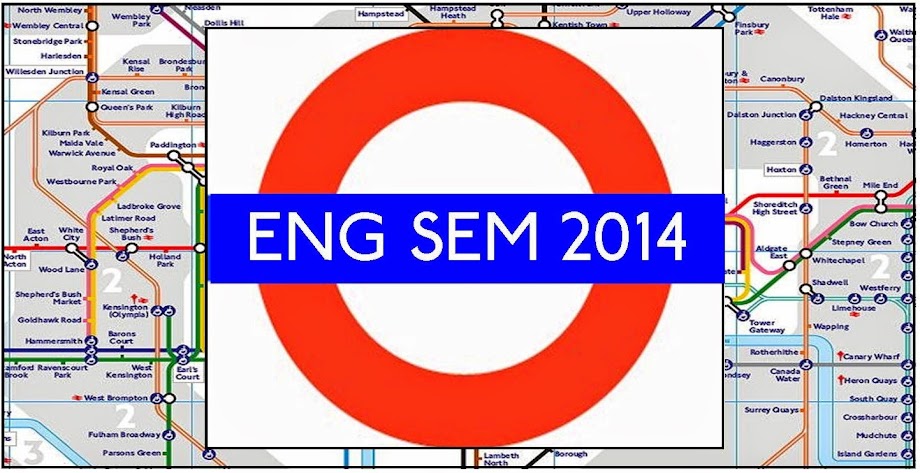It is a marvelous place. With 38 different colleges it is more of a town in a college rather than a college in a town. You can go down one street and be surrounded by a main thoroughfare of shops, take a left and pass a residence hall, turn right and pass a lecture hall walk another block and find some quaint cafes. Oxford is full of wonders. Speaking of wonders, Blenheim Palace, the birthplace and ancestral home of Sir Winston Leonard-Spencer Churchill, is only five miles from Oxford.
On Sunday morning, the last morning, I journeyed (by brilliant bus) to the residence of an orator whom I greatly admire and who was the subject of a report I did in 8th grade. Stepping off the bus, I was greeted by a splendid tree-lined gravel driveway. Entering the palace I was immediately struck by its grandeur and scope as it stood like a majestic island against the ocean of lake, gardens, lawns and grounds.
 The first exhibit focused on Churchill’s life from birth to death, highlighting some of his accomplishments such as his military service, war correspondence and biography writings. We know Winston Churchill as the dogmatic, witty-tongued hero of WWII, but something I didn’t know was that Winston Churchill was a very good artist. In his spare time he would paint. Subjects included: landscapes of the Blenheim Palace grounds, his dogs, the staterooms in the palace and scenes from the surrounding country. After meeting him during WWI, Paul Maze became an artistic mentor for Winston Churchill. Even a good friend of Churchill’s Sir Oswald Birley once stated, “If Sir Winston Churchill had given the time to art that he gave to politics, he would have been all odds the world’s greatest painter.” Isn’t that what friends are for? His art was so good in fact that Churchill attracted the attention of Joyce C. Hall, then head of the Hallmark greeting card company. She visited Churchill at Blenheim Palace and asked for permission to reproduce his art on American greeting and Christmas cards! Such was the reputation of the Hallmark Company that Churchill readily agreed – charmed by the fact his art was being enjoyed in America.
The first exhibit focused on Churchill’s life from birth to death, highlighting some of his accomplishments such as his military service, war correspondence and biography writings. We know Winston Churchill as the dogmatic, witty-tongued hero of WWII, but something I didn’t know was that Winston Churchill was a very good artist. In his spare time he would paint. Subjects included: landscapes of the Blenheim Palace grounds, his dogs, the staterooms in the palace and scenes from the surrounding country. After meeting him during WWI, Paul Maze became an artistic mentor for Winston Churchill. Even a good friend of Churchill’s Sir Oswald Birley once stated, “If Sir Winston Churchill had given the time to art that he gave to politics, he would have been all odds the world’s greatest painter.” Isn’t that what friends are for? His art was so good in fact that Churchill attracted the attention of Joyce C. Hall, then head of the Hallmark greeting card company. She visited Churchill at Blenheim Palace and asked for permission to reproduce his art on American greeting and Christmas cards! Such was the reputation of the Hallmark Company that Churchill readily agreed – charmed by the fact his art was being enjoyed in America. The palace and Churchill’s art weren’t the only pieces of art on display that day. An exhibit of 50 art pieces done by Chinese political artist Ai WeiWei (I-way-way) were placed throughout the palace and grounds. One of Ai’s goal is to use the ordinary, mundane artifacts from Chinese history and to transform them into something that makes a statement about China or against the current Chinese government. Thus, his famous pile of spray-painted crabs lay out on a beautiful rug. Chinese glazed vases adorned a hall. Gold plated zodiac heads stared in the dining room. The juxtaposition of Ai Wei Wei’s pieces throughout a palace that once held monarchy and was the epoch of royalty was highly intriguing and charged with layers of meaning. The result, in the words of a kind warden of the palace, “We want to make sure this place doesn’t seem like it’s frozen in time (what with Downtown Abbey and all that) we want to bring in new interests, it’s good for people to see."
As I strolled outside onto the ocean of green lawn, I thought about what I had seen. There was Winston Churchill with his dogged steadfastness and political charisma. There was Ai WeiWei whose keen eye for artistic disruption juxtaposed nicely with the lavish palace. Two very different men, with their ideas side by side. Blenheim may have been a palace, but now it is a place where families and grandparents can stroll the magnificently large grounds for free. Children on scooters and dogs on leashes capered happily about. It is a place that was once closed to common people, but is now a palace for everyone to enjoy.




No comments:
Post a Comment